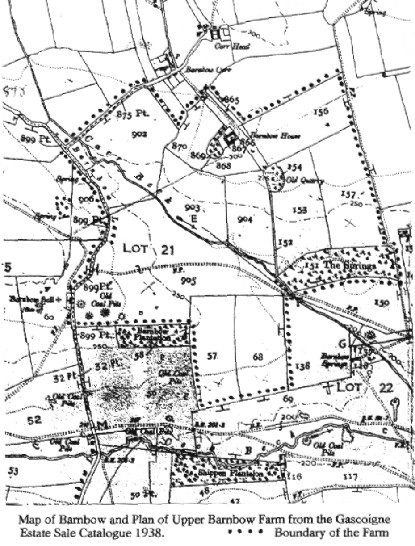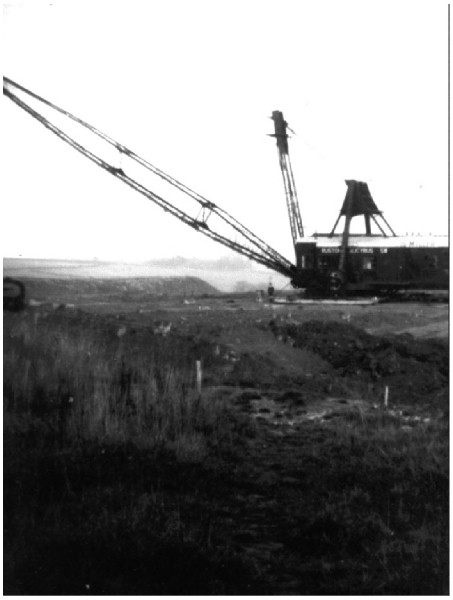|
THE FARM HOUSE is attractive, built of brick with a slated roof and contains; On the Ground Floor
- Entrance Hall and Stairs,
- Sitting Room,
- very nice Drawing Room,
- Back Passage,
- Two Pantries,
- Dining Room,
- Kitchen with sink (c) and fixed cupboards.
Two Stairways lead to the First Floor with the following rooms: - Landing
- Passage
- Six Bedrooms
- Outside adjoining the House are Coalplace,
Wash-house, Stick place, also Earth Closet.
|
| |
| THE BUIDINGS which are in good condition are as follows;
Foldyard with very good Covered Fold with Five Bays with asbestos roof.
Stone-built Mistal for six and two-bay Implement Shed;
Stone-built seven fold Stable;
Substantial BARN with inset Calf Box and Loft over.
Mistal for sixteen built of brick with two-storey Turnip House and Granary and brick built modern Milk Room adjoining.
|
|
|
|
|
THE LAND is well farmed and lies within a Ring Fence. Included in this Lot is the Plantation known as The Springs. Water for the farm is obtained from the Windmill (standing in field no. 903) which is included in the Sale.
|
| |
| No. on Plan |
Cultivation |
Area Acres |
No. on Plan |
Cultivation |
Area Acres |
| 875 pt. |
Road |
0.454 |
902 |
Grass |
18.636 |
| 899 pt. |
Road |
0.676 |
865 |
Grass |
0.469 |
| 156 |
Arable |
12.598 |
866 |
Grass |
2.066 |
| 867 |
House and
buildings |
0.889 |
868
869 |
Grass
Plantation |
2.652
0.751 |
| 870 |
Arable |
5.068 |
903 |
Grass |
10.560 |
| 904 |
Part arable,
part grass |
8.787 |
905
57 |
Grass
Arable |
37.070
12.192 |
| 68 |
Arable |
12.275 |
154 |
Quarry |
1.102 |
| 157 |
Arable |
14.912 |
153 |
Arable |
11.726 |
| 152 |
Road |
0.342 |
151 |
Plantation |
8.258 |
| Total 161.483 acres |
|


